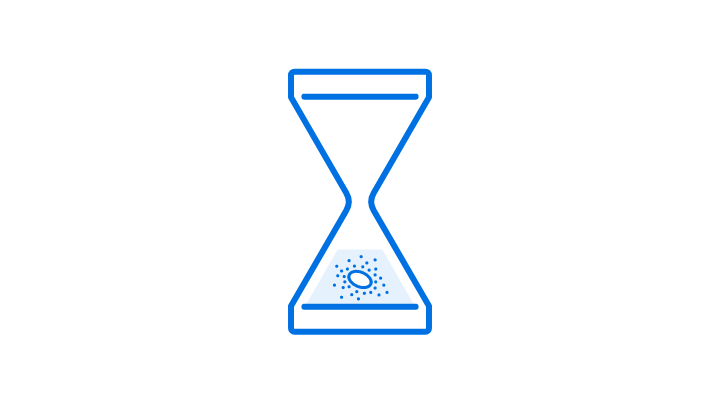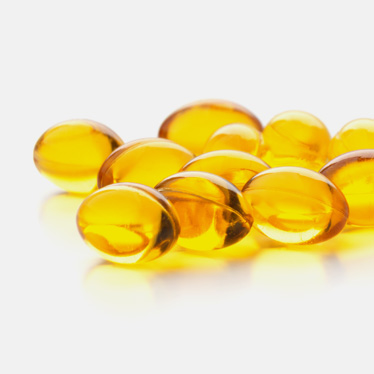Nearly Perfect Sphere and “Seamless” Capsule Formulation
Flexibility in Setting Capsule Size, Dissolution Time and Coating
Seamless capsules are manufactured using the property of liquids to form spherical shapes that occur due to surface tension. Capsule sizes can be customized from as small as 1 mm to about 10 mm. Thickness and hardness of the coating can also be adjusted.
Solutions Provided by Sunsho Pharmaceutical Softgel Capsules
- ・Enhances absorption (bioavailability) of insoluble drugs.
- ・Achieves formulation uniformity even for active ingredients of 1 mg or less.
- ・Accelerates product development with a simpler manufacturing process and easier validation.
- ・End-to-end support from clinical trial drug manufacturing to commercial production.
Characteristics, Advantages
-

Selectable Size
Capsule size can be adjusted flexibly from approximately 1 mm to 10 mm. -

Selectable Dissolution Time
Dissolution time within the body can be adjusted from a few seconds to a few hours. -

Selectable Thickness and Hardness
Thickness of the shell can be customized from a few μm to several mm.
Seamless Capsule Shapes

-
A. Shell
- ・Gelatin shell
- ・Thickness ranges from several μm to several millimeters
B. Filling Ingredient
- ・Oils (liquid plant oils, animal fats, fragrances, etc. at room temperature)
- ・Oil-soluble powder




